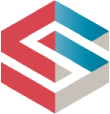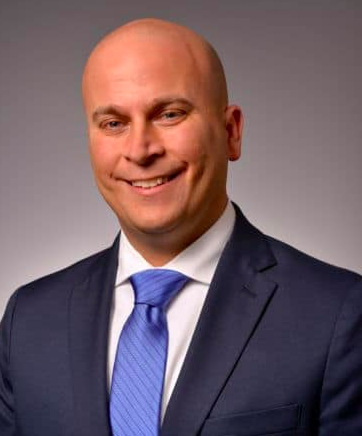Under leader Nick Moriello, the organization has put a focus on strategic long-term giving.
* * *
Nick Moriello thinks differently — and that’s a good thing.
In his six years leading Highmark Blue Cross Blue Shield Delaware — a new member of the Satell Institute — Moriello has overseen a number of shifts in how the organization does business. That includes improving the experiences people have within the healthcare system, as well as overhauling Highmark Delaware’s approach to Corporate Social Responsibility and giving back to the community, where it’s put a greater emphasis on strategically coordinated, long-term giving.
Both approaches have paid off in exciting ways — not just for the community, but for Highmark BCBS Delaware, too.
In this conversation, Moriello talks about those benefits; why organizations should see CSR not as charity but as an investment; and the important CEO peer connections that the Satell Institute makes possible.
* * *
Highmark Blue Cross Blue Shield Delaware…
… is part of the Highmark Health family of companies, which is a $27 billion-per-year organization with a workforce of 40,000.
In my corner of the world, we’re a team of 600. From a revenue standpoint, we’re roughly $2.6 billion. We have a commercial health plan, servicing employers of all sizes, individual consumers, and Medicare beneficiaries. We have Highmark Delaware Health Options, which handles the Medicaid population. And we have a community investment arm called BluePrints for the Community. Among all three we care for roughly 650,000 of the one million residents in Delaware.
We have a mission…
… to do things differently, and try to help people curate better experiences with healthcare. If we can get to some better experiences, people will be more engaged. And with more engagement comes better outcomes.
I have a somewhat unusual past…
… for this role. I’m 31 years in the industry, the overwhelming majority of that time was in entrepreneurial efforts. I started as an insurance broker, acquired an agency here in Delaware, and grew it to be the largest in the state by quite a bit.
I sold the firm at the end of 2015 to an agency based out of New York and did some work for them for two years, including a whole lot of M&A.
I was wondering what I was going do next…
… when my predecessor at Highmark Delaware came and tapped me on the shoulder. He said, I need a successor. I said, I’m not an expert. I’m not a physician. I’m not an attorney. I’ve never worked in an insurance company before. Why me?
He described the issues that Highmark Delaware was facing with relationships that were fractured. And I was fortunate to be in a trusted advisor position with almost all those stakeholders. And so I represented a relationship restart.
I said I understand why me. Now, what’s in it for me? I said I really want to create better experiences for people. And I think with your market share, you have an opportunity to do that.
That was six years ago, and since then we’ve created a number of successes and reasons for optimism.
When it comes to our community support…
…BluePrints for the Community was a simple grant-making arm when I arrived. Highmark would contribute a million dollars every year into a fund, and there was a board of people that would advise that fund. Great work. Great organizations.
But none of the work was really coordinated. I didn’t come up with this idea, but I’m attracted to this concept of a high-performing social care network. Because so much of a personal well-being is covered outside of traditional healthcare, in the social determinants of health. So I said, I’d really like to look at BluePrints differently.
We began funding larger investments, and multiyear investments. And we began viewing them as investments, instead of as grants. We started vetting them the way we would vet the ROI on other investments.
That approach has been successful because…
… if we’re improving the well-being of all those Delawareans, it also impacts our overall bottom line. Those are all customers of ours, in one shape, form or another. The better the outcomes we can drive, the less those folks cost. Sometimes it requires food, transportation, housing — all those things that are outside the healthcare delivery system, but have an impact on the person’s ability to get to the doctor.
Our community investments also…
… create such a massive amount of pride in working for our company, and that’s directly impacting our workforce’s morale. We annually survey our workforce on morale and engagement. Our team of 600 people in Delaware has gone from having one of the lowest morale and engagement rates within Highmark to one of the highest.
It’s a continual work in progress. But one of the key ingredients to that success is helping people figure out their personal why. Why do they do what they do? Our community investments play a large role.
I learned more about the Satell Institute…
…at a recent event in Delaware, with a good group of folks from both the nonprofit space and some corporate leaders throughout the state. We heard more about the why, and to me it makes perfect sense.
I wanted to be part of Satell…
… because the organization is a curator and convener. It can bring disparate corporate citizens together and say, what are your priorities? What’s attractive to me is that CEOs are involved. We all have community affairs people and people that run our foundations, but there’s so much potential in the leaders of companies sitting there, hearing things first-hand. Because we can all influence what happens on our teams. And that’s what is attractive.


